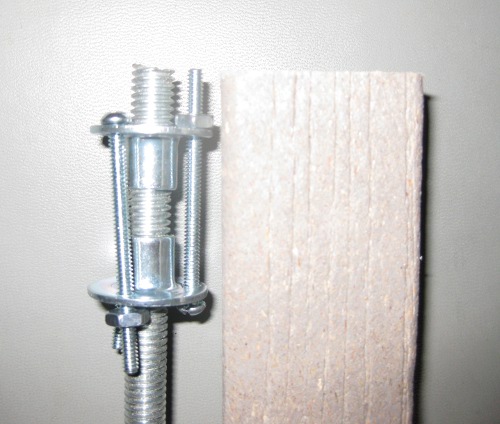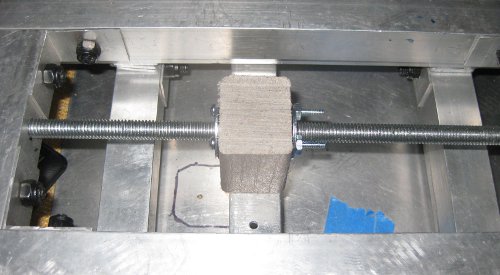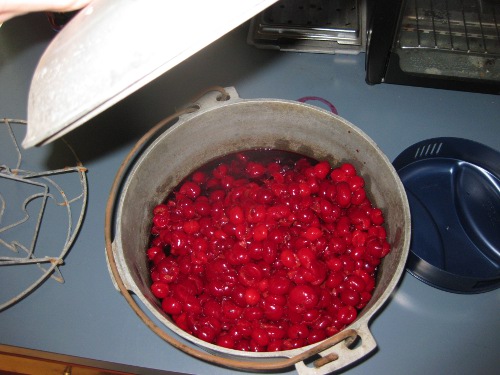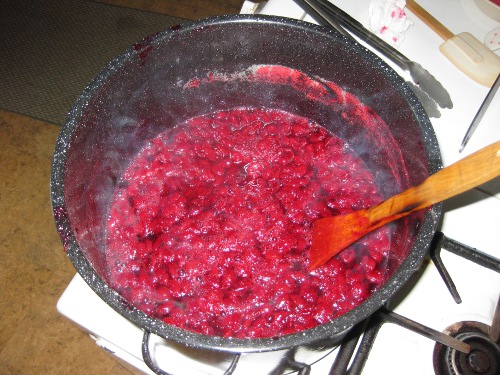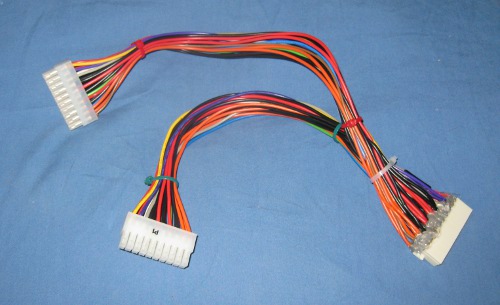I just got a pair of Vibram FiveFingers KSO barefoot shoes. I’d had several friends extol the virtues of FiveFingers, but was never sold on the $75-85 price tag. Then I saw that my favorite sketchy Chinese export company, DealExtreme, was carrying the whole line, for less than half of the MSRP, apparently with complete Vibram branding. It took about a month for the damn things to ship, but they are exactly as promised, and not only do they look exactly like the “real thing” down to the branding, they even have the tags and manual stuffed in the packaging. They almost certainly came out of the same factory as the $85 ones from the “legit” vendors.
I’ve been wearing them around this evening, including a walk around the neighborhood, and have to say they’re pretty comfortable. Fitting is a little weird (based on length in inches, not shoe size), and mine are a hair snug, but it means they grip my feet really well and don’t rub much. There is a little bit of irritation on my heels, in particular I chafed the hell out of my right heel, but I suspect that has more to do with where the calluses on my feet are, the particular shape of my feet, and not quite having adjustment down than anything intrinsic to the shoe. The biggest indicator that they work as advertised is that when I took them off my feet didn’t feel stiff. I ran through the park just to see how it would feel earlier; the lack of impact cushioning would take some getting used to, but the ability to naturally roll your foot is excellent, and it definitely feels better than usual.
So:
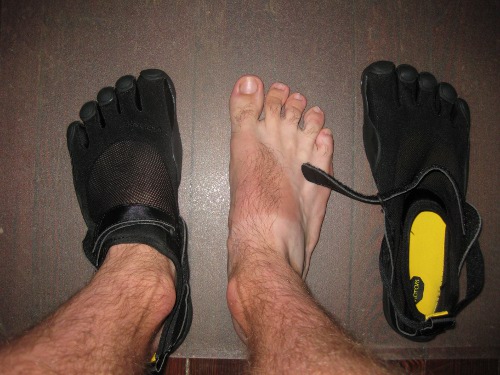
* Do they feel like being barefoot? – Kind of. There is a constant awareness of “Stuff between my toes,” some stiffness, and a little excess warmth, but it is definitely more like barefoot than even my customary hiking sandals, or anything else I’ve worn. The tactile feedback off the ground really is great- you can feel every little bump of the surface, but it can’t hurt you.
* Do they protect your feet? – I feel like they provide a little more protection than my usual sandals, but it’s no skate shoe or work boot.
* Do they look weird – Hell yes they look weird, thats half the fun. You could probably avoid notice with the all black KSOs in most situations (at least until you wiggled your toes), but lets be honest; people wear weird shit all the time and no one worries about it.
* Are they worth $85? – Absolutely not, but I’m pretty convinced they are worth $30-40, and our unscrupulous friends in China can make that happen.
UPDATE:
Just wore them for a little less than a normal day’s walking… and shredded my heels (left is just a little raw, nickel-sized blister on the right). I’m not sure if it’s a fitting problem or unusually shaped heels or simple break-in period, but OUCH!

